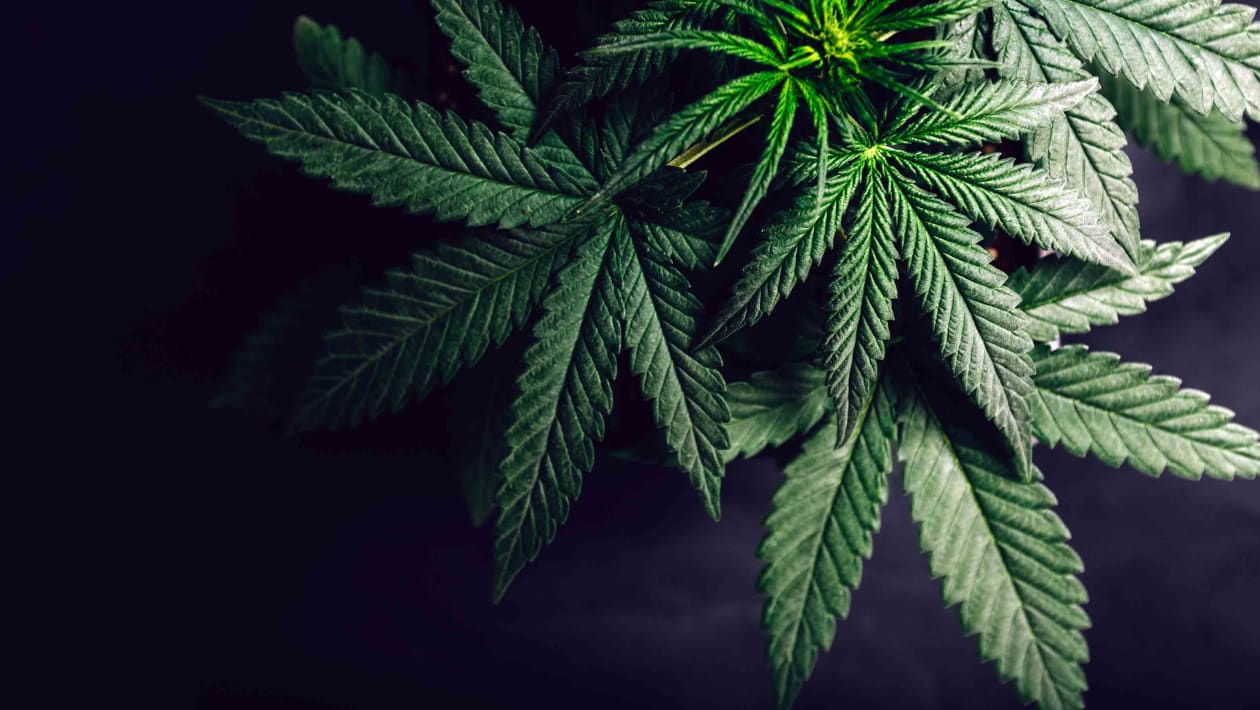Azerbaijani law enforcement agencies have discovered vast cannabis plantations and laboratories in various parts of the Karabakh region.
Azerbaijani police officers discovered cannabis plantations in the Zangilan districts, which were under Armenia’s occupation from 1993-2020. According to media, the narcotics plantation was unearthed as part of a special operation codenamed "Khash-Khash-2021". The Ministry of Interior of Azerbaijan has reportedly confirmed the destruction of 760 hemp bushes measuring 100 kilograms in weight.
The reports of cultivated narcotic plants in the once occupied territories were common after the Azerbaijani army regained control of those lands during military operations last year. On June 19, the employees of the State Security Service and Interior Ministry found and destroyed 1.6 tons of cannabis hemp in the Dashalti village near the city of Shusha. Nearly 3 tons of the same drug plant were destroyed in the Gubadli district on the same day.
The use of cannabis resin and extract is prohibited in the territory of Azerbaijan.
Meanwhile, the Azerbaijani forces found a large drug cultivation site and laboratory in the Fuzuli district during last year’s counter-attack operations in October. The laboratory was said to produce drugs for the use of Armenian soldiers and mercenaries deployed there.
Armenia and Azerbaijan fought a bloody war in the latter’s Karabakh region from September 27 to November 9, 2020. Hostilities between the two countries began after Armenia's forces stationed in the once occupied Azerbaijani lands shelled the civilian settlements and military positions of Azerbaijan. The armed forces of Azerbaijan took immediate measures to push back the offensive. The continuous attacks of the Armenian troops escalated the clashes into an all-out war between the two countries.
Azerbaijani forces liberated over 300 settlements, including the cities of Jabrayil, Fuzuli, Zangilan, Gubadli, and Shusha, from nearly 30-year-long illegal Armenian occupation. The war ended in a tripartite statement signed on November 10 by Armenia, Azerbaijan, and Russia. Under the statement, Armenia returned the occupied Aghdam, Kalbajar, and Lachin districts to Azerbaijan.
The liberated lands of Azerbaijan remained under Armenia’s occupation for nearly three decades since the early 1990s. The dissolution of the Soviet Union in 1991 led to a conflict in the Karabakh region when Armenia launched military aggression against Azerbaijan. The four-year bloody war saw Armenia occupying 20 percent of Azerbaijan’s internationally recognized territory before a ceasefire was reached in 1994. Over 30,000 Azerbaijanis were killed in the war and one million others were expelled from those lands in a brutal ethnic cleansing policy conducted by Armenia.
Various reports have confirmed that Armenian authorities used the once occupied Karabakh region as a corridor for drug trafficking to European countries during the years of occupation. A virtual library, dubbed “Narco Karabakh” and introduced in 2019, offered a broad insight in to the network of illegal drug trade administered by the authorities of Armenia. The authors claimed the occupied Karabakh region to be strategic in the transcontinental shipment of narcotics between the Middle East and Europe.
According to Narco Karabakh, Afghan heroin shipments made their way through Iran, the once occupied Karabakh region and Armenia, and then narcotics were usually smuggled by road through Europe’s open borders, before reaching the UK by sea.
“Britain is merely supplied via Armenian gangs, using routes that stretch across Nagorno-Karabakh and Armenia, the end product delivered and distributed by third party criminal gangs,” according to the article published by Narco Karabakh, which described Germany as a safe haven for drug dealers from Armenia.
The Armenian mafia and the criminal rocker gang, known as “Hells Angels”, was said to control drug trafficking and prostitution in the “red light district”’ in the German state of Thuringia, the article added.







 Iran's senior military leaders described the drone and missile attack on Israel on April 14 night as “successful".
Iran's senior military leaders described the drone and missile attack on Israel on April 14 night as “successful".
 The number of evacuees from flooded areas in Kazakhstan has reached 97,852 people, including about 32,856 children since March 27.
The number of evacuees from flooded areas in Kazakhstan has reached 97,852 people, including about 32,856 children since March 27.
 Iranian President Ebrahim Raisi warned Israel that it would face a "real and extensive" response if it makes any "mistake" following Tehran’s missi...
Iranian President Ebrahim Raisi warned Israel that it would face a "real and extensive" response if it makes any "mistake" following Tehran’s missi...



